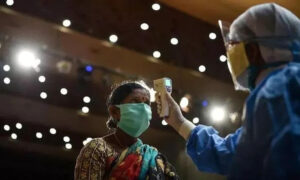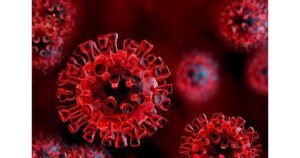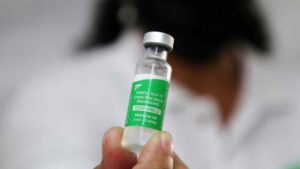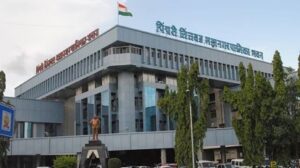PUNE: Amidst a Conjunctivitis Outbreak, Pune City Residents Battle Resurgent Respiratory Diseases
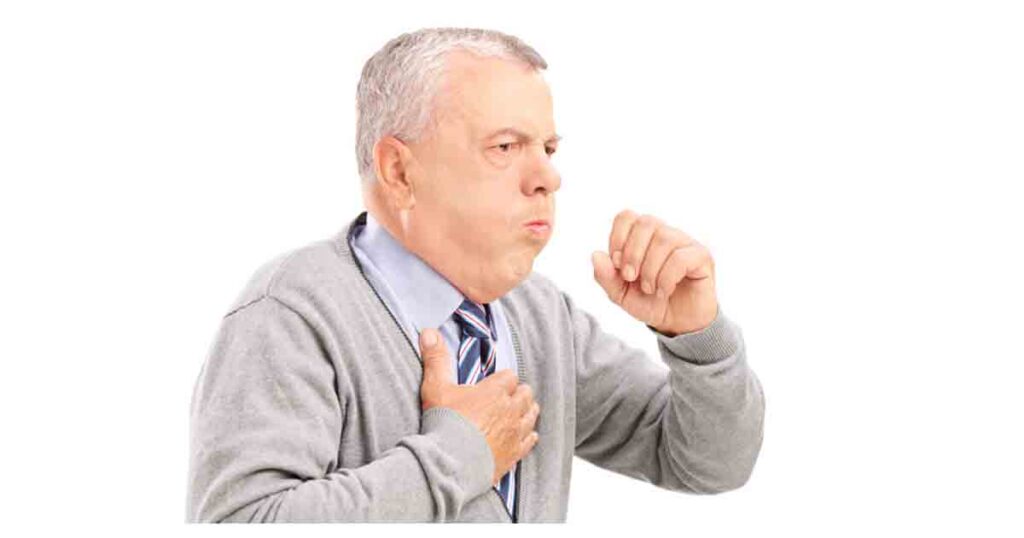
In the midst of grappling with a mounting conjunctivitis outbreak, Pune City faces another health crisis with a surge in respiratory ailments. The health department successfully brought the initial wave of conjunctivitis under control in Alandi, Pune. However, simultaneously, the city has witnessed a sharp rise in cases of respiratory illnesses, triggering concerns among medical authorities.
Approximately a quarter of patients in Pune city are now grappling with various respiratory disorders, and this figure is even more alarming among children, where it stands at 40%. Local hospitals are grappling with an abrupt influx of cases involving respiratory viral diseases and pneumonia, primarily attributed to the prevailing temperature conditions.
The city’s current temperature hovers below 30 degrees Celsius, with nighttime temperatures plummeting to 22 degrees Celsius. The consistently high humidity levels, exceeding 80%, have precipitated respiratory problems among both children and adults. As a result, ICU admissions for patients afflicted by these conditions have surged over the past fortnight.
Children, in particular, are bearing the brunt of the respiratory diseases’ rapid transmission. Dr. Avinash Bhondwe observed, “Pune city is grappling with fluctuating temperatures. The moisture-laden atmosphere, coupled with reduced sunlight, has intensified disease spread. Patients are strongly advised to prioritize rest, adhere to a balanced diet, stay adequately hydrated, and promptly seek medical attention if fever ensues. Children at higher infection risk should avoid school, and any serious concerns must be reported promptly to a doctor, with prescribed medications diligently followed.”
Even vaccinated children are not immune to this disease, as indicated by the provided information. Compared to the summer period, case numbers have escalated by 40-50%. While doctors estimate a 20-25% increase in disease cases, they anticipate a decline once the weather conditions improve. Respiratory disease symptoms encompass labored breathing, rapid respiration, shallow breaths, or even breathing cessation.
Preventive Measures to Thwart Respiratory Diseases:
- Utilize surgical masks when entering spaces occupied by patients with respiratory infections.
- Maintain rigorous hand hygiene following contact with respiratory secretions or contaminated objects.
- Dispose of used tissues in designated bins.
- Minimize exposure to dusty environments.
Dr. Mahendra Kawedia, Chest Physician at Jehangir Hospital says, “The rising tide of respiratory infections in Pune serves as a stark reminder of the delicate balance between urbanisation and public health. Factors contributing to this surge include mounting air pollution, densely populated areas, and changing weather patterns. These elements create an ideal breeding ground for respiratory pathogens to thrive and spread.
Addressing this issue requires a multifaceted approach. Stringent air quality regulations, effective waste management, and green initiatives can mitigate pollution levels. Public awareness campaigns on proper hygiene practices and vaccination play a pivotal role in reducing transmission. Accessible healthcare services, early diagnosis, and appropriate treatment are crucial to managing cases effectively.
The increasing number of respiratory infections underscores the urgent need for collaborative efforts between governments, healthcare institutions, and citizens. Only through collective action can Pune breathe easier and safeguard the respiratory well-being of its residents.“
Dr Swapnil Kulkarni, Pulmonologist, Sahyadri Super Speciality Hospital, Deccan Gymkhana informed, “The surge in respiratory infections in Pune is likely a result of several factors, including the escalating pollution levels, increasing population density, and shifting climate patterns. Common respiratory infections observed include colds, flu, pneumonia, and tuberculosis, which can be particularly severe for vulnerable groups such as young children, the elderly, and individuals with underlying health conditions.”
To prevent respiratory infections, there are several proactive measures people can take, such as getting vaccinated, practicing frequent handwashing, and avoiding close contact with sick individuals. Seeking immediate medical attention is crucial if one develops a respiratory infection to receive appropriate treatment.”
Here are additional insights into the causes and treatments of respiratory infections:
Causes: Respiratory infections can stem from various viruses, bacteria, and fungi. Notable viruses responsible for such infections include rhinoviruses, influenza viruses, coronaviruses, and respiratory syncytial virus (RSV). Among the bacteria, Streptococcus pneumoniae, Haemophilus influenzae, and Moraxella catarrhalis are common culprits.
Treatments: One should visit the doctor in the early course of illness for a specific cure who can prescribe appropriate antibiotics and antivirals. During respiratory infections symptom relief can be achieved through ample rest and appropriate fluid intake. Pain relievers and cough suppressants are also often recommended. In cases where these measures are ineffective, antibiotics may be prescribed to address bacterial infections.”


